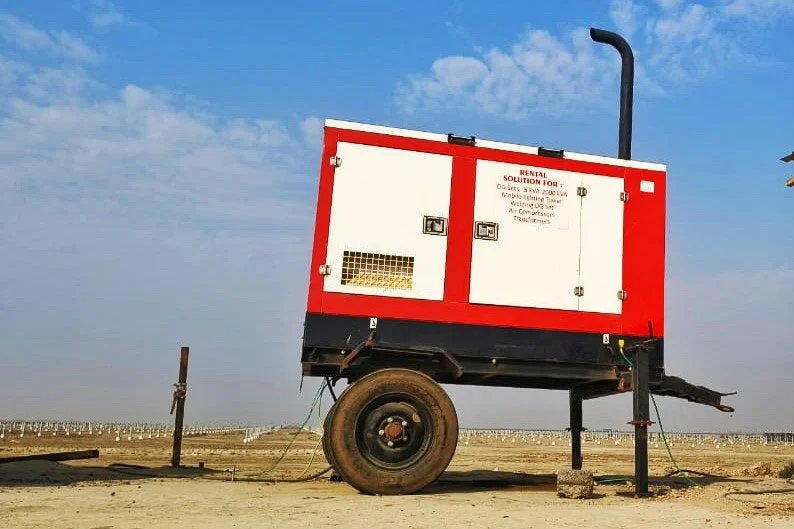
Portable Power Generators Vs. Standby Power Generators
With the growing intensity of weather and deteriorating infrastructure, blackouts have become a more frequent and severe issue in the last few decades and are likely to continue.
A generator is the best solution to ensure your home remains operational during a blackout. Nevertheless, weighing the pros and cons is essential before making any purchase.
This article provides an overview of the distinctions between portable and standby generators and advice on which type might be most suitable for individual needs.
Generally, portable generators are more compact and cost-effective and do not require specialist installation or offer as much power as standby generators.
It is essential to assess the strengths and weaknesses of each before making a comparison of the features.
Comparison of Standby vs. Portable Generators
Installation
The Standby generator installation process must be with the help of a certified provider or licensed electrician.
Portable generators need proper storage, and no installation is required.
Fuel type
Natural gas or liquid propane power standby generators, eliminating the need to refuel.
Portable generators require frequent refuelling with gasoline as the fuel source.
Cost differences
Portable generators typically require less financial investment and installation effort than home standby models.
With an appropriate connection to the household’s circuit-breaker panel through a transfer switch, these generators can provide performance comparable to that of a home standby generator.
The estimated price of a portable generator capable of delivering up to 7000 watts of power is between $500 and $2,000. In addition, the total cost to set up the generator and purchase fuel for 48 hours of operation may range from $530 to $2,030.
Run time
Portable generators can offer up to 2,000 hours of operation, making them ideal for covering short-term power outages.
These generators are perfect for recreational vehicles during camping trips or can be used to provide electricity to certain home appliances in an emergency.
The optimal performance of a standby generator allows it to supply power to a medium-sized home for up to 3,000 hours. However, it is advisable that the generator continuously operates for less than 500 hours.
Power output
When choosing which lights and appliances to operate with a portable generator of approximately 15,000 watts, it is essential to evaluate the duration of usage as some devices may only require a short amount of power, and the output will be limited if utilised for an extended period.
Conversely, stationary or standby generators are renowned for their high power output. These generators can produce 10 to 50 kilowatts, enabling homeowners to keep all household appliances running smoothly.
Versatility
Portable generators are widely applicable, allowing them to be helpful in various settings. They are perfect for residential, recreational, and even outdoor usage.
In comparison, standby generators are typically available for installation outdoors, while portable generators can offer greater flexibility.
Fuel-efficiency
People typically power portable generators with gasoline, the most widely available fuel source. However, they can also find diesel and propane-powered models, which offer extended run times from a single fuel tank, similar to a gas grill.
Backup generators use natural gas or propane for operation. Connecting to a natural gas line or tanked propane is a simple task. Natural gas allows for extended operation depending on the user’s requirements. Refilling a propane tank is simply contacting the local propane supplier.
Standby generators provide greater fuel efficiency.
Safety
Always use your generator outdoors, away from doors and windows, and never in an enclosed environment such as a garage to prevent fatal carbon monoxide poisoning, as portable generators produce large amounts of carbon monoxide gas during operation.
Even small amounts of the gas can be dangerous if inhaled for an extended period.
Traditional portable generators produce more of the deadly gas carbon monoxide, so the standby generator reduces this risk.
Additionally, because standby generator installation is outdoors, they eliminate the risk of carbon monoxide.
The Standby Generator emerges as the victor in this instance.

Frequently Asked Questions About Portable Generators
We should not overlook the importance of strategically situating a standby generator in an outdoor area to mitigate any risk of carbon monoxide poisoning due to the placement of a portable gas-powered generator near the home.
You can connect them to your home’s circuit-breaker panel with a transfer switch, and they can power as much as a home standby generator. They also have built-in outlets to directly connect suitable extension cords if you still need to install a transfer switch.


Post a comment